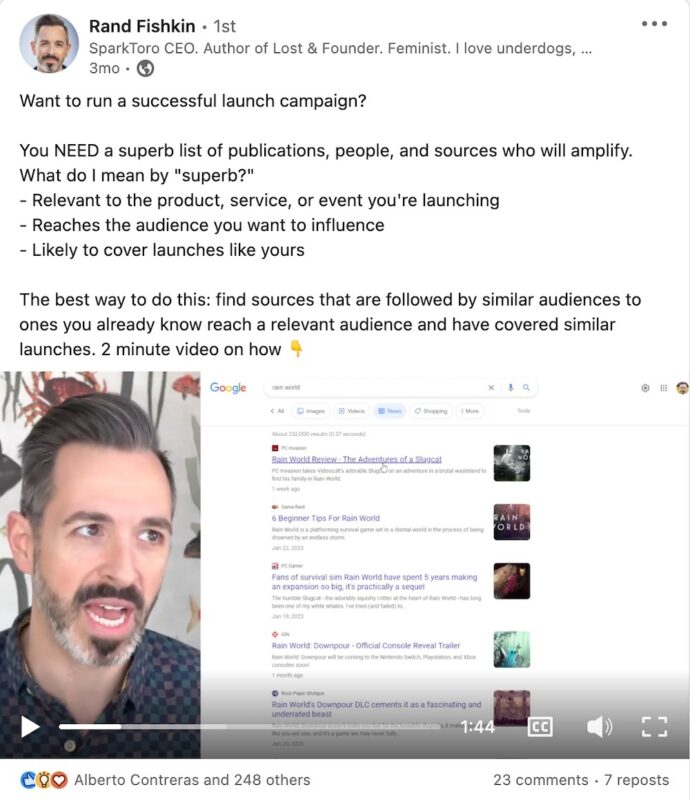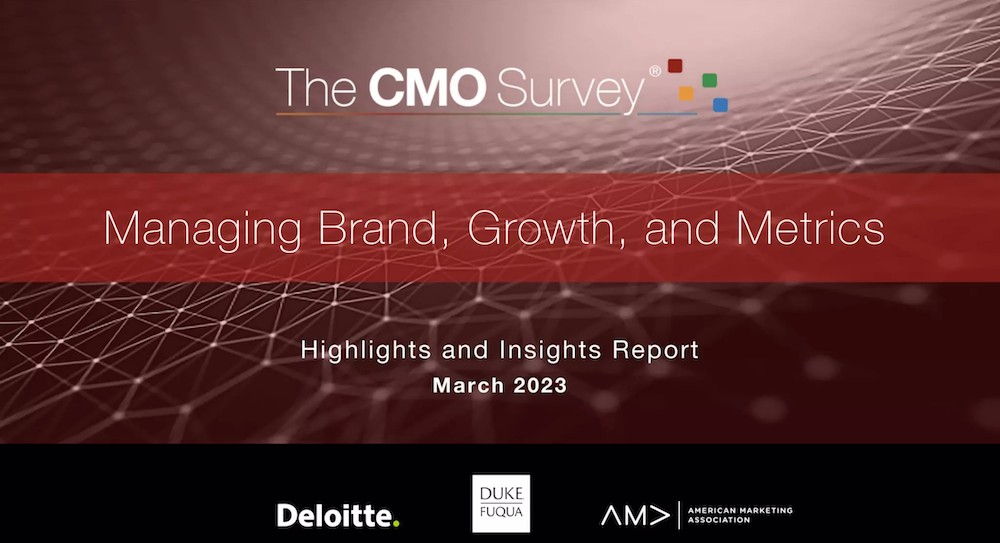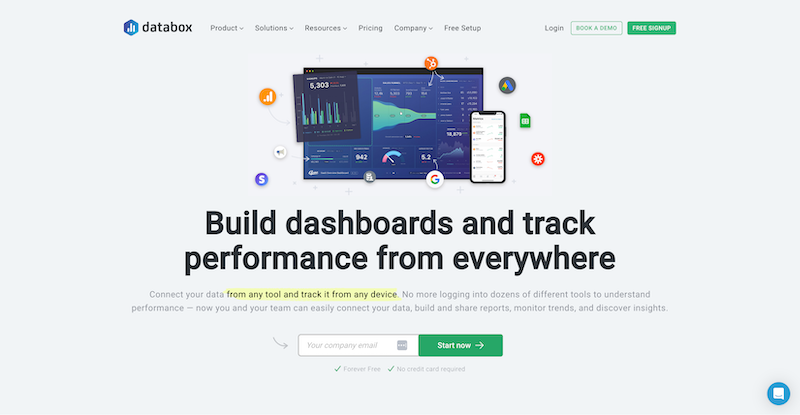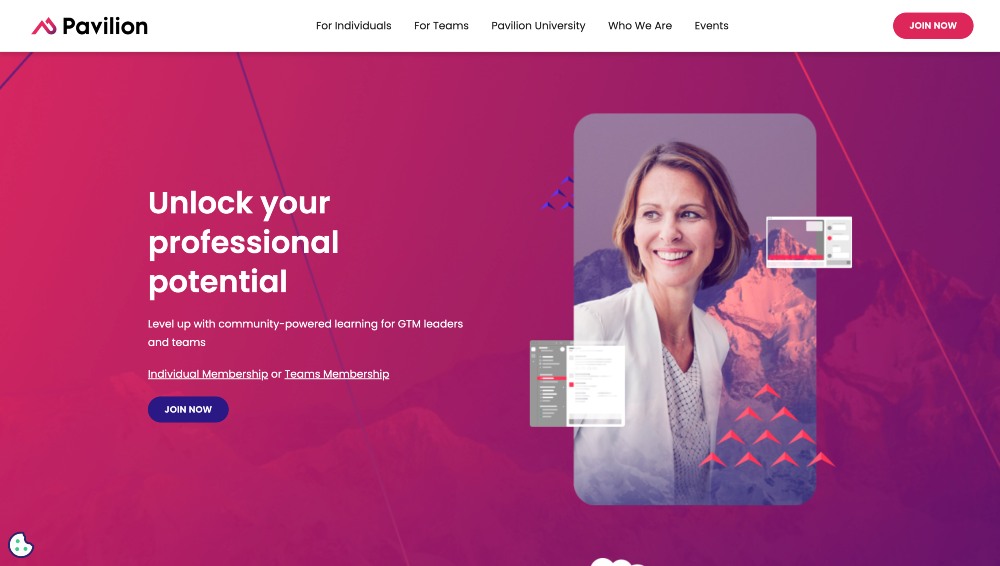9 B2B Content Marketing Trends to Amplify Your Online Presence in 2023

Content marketing is the pulse of the digital world. And it’s becoming increasingly important to B2B marketers. According to MarketingProfs’ and Content Marketing Institute’s 13th Annual Content Marketing Benchmarks, Budgets, and Trends report, 71% of content marketers surveyed confirmed that content marketing has become more important to their organization over the last year.
Even so, merely 29% of those surveyed rated their content marketing program as “very successful” or “extremely successful”. Ouch!
Your content is your strategic platform for captivating and capturing your audience.
But there’s a great deal of content out there, and your brand needs to break through all the noise in order to reach and resonate with your prospective customers.
Keeping a tab on the latest content trends helps you to grab their attention, solve their problems, and engage with them throughout the customer journey. In this post, we’ll cover 9 B2B content marketing trends in 2023 for you to keep an eye on, plus examples and strategies you can use to implement the trends.




